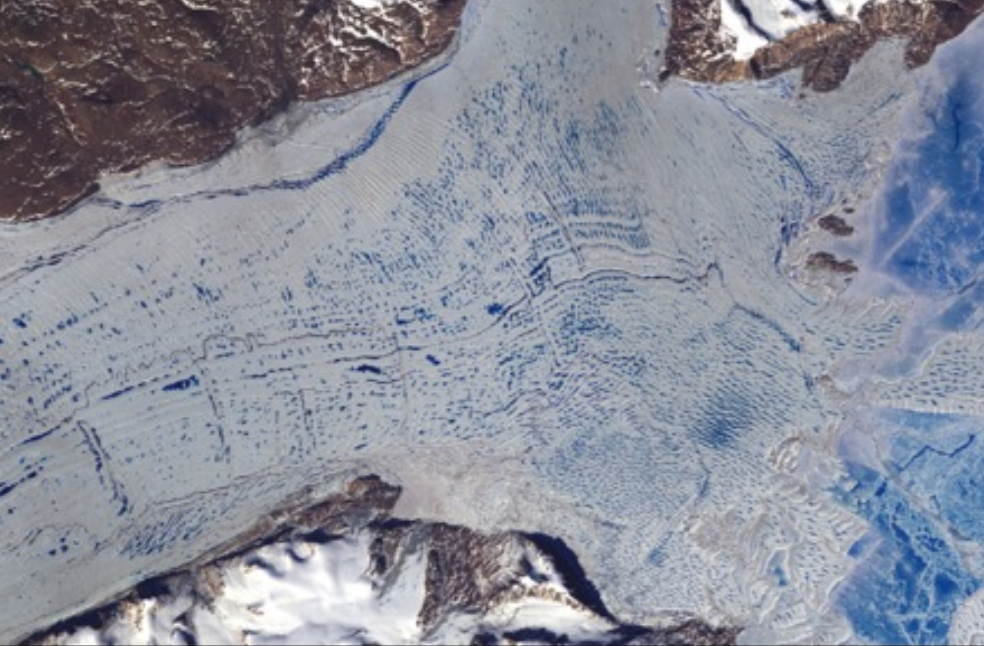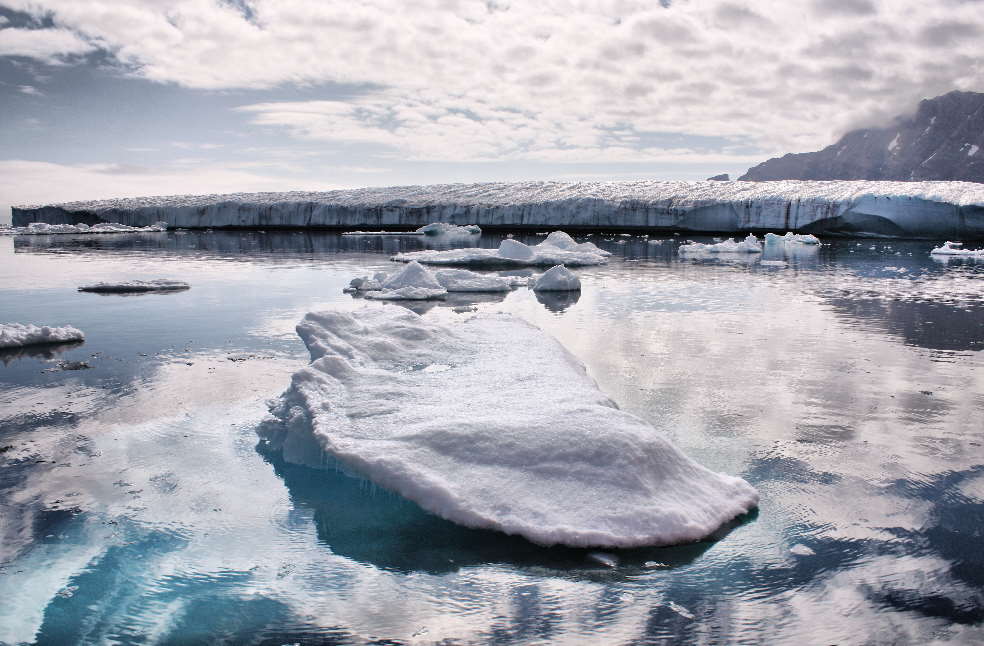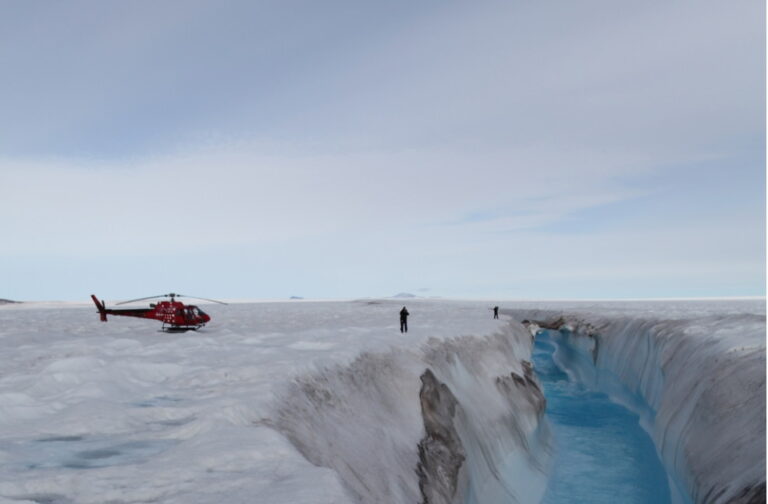Kongens Lyngby, Denmark: According to a study published on November 9 in the journal Nature, the deterioration of the ice stream might result in an increase in the ocean’s worldwide level of about 16 millimeters by the end of the century, which is more than six times what experts had previously predicted.
The discovery shows that previous studies probably didn’t take into account how fast the ice will make the sea level rise. The study also suggests that parts of major ice flow in other places may also be melting and moving faster because of climate change caused by people.
Mr. Shfaqat Abbas Khan, a Glaciologist at the Technical University of Denmark in Kongens Lyngby claims that, “It’s not something that we expected.” The contributions of Greenland and Antarctica to sea level rise over the next 80 years will be much greater than what was previously estimated.

Mr. Khan and colleagues’ latest research concentrated on the Northeast Greenland Ice Stream, a massive conveyor belt of solid ice that extends 600 KM from the hinterland of the island into the sea. It releases enough water to raise the world’s sea level by more than a meter and removes around 12 percent of the country’s entire ice sheet. When the ice stream reaches the coast, it divides into two separate glaciers, Nioghalvfjerdsfjord and Zachariae Isstrm.
Similar to how dams hold back water in a river, these glaciers prevent the ice behind them from flowing into the sea while they are frozen. Scientists discovered that the flow of ice behind the glacier began to accelerate around the time of the collapse of Zachariae Isstrm’s ice shelf ten years ago. But no one knew for sure if these changes had reached all the way into the interior of Greenland.
“Is Greenland’s ice melting faster than we thought?”
According to atmosphere-cryosphere specialist, Dr. Jenny Turton of the Norwegian NGO Arctic Frontiers, who was not involved in the new study, pointed out that, “We’ve mostly concerned ourselves with the margins.”
Mr. Khan and his colleagues utilized GPS, which has previously shown the twisty crawling of tectonic plates, to estimate the modest rates of movement in the far-inland ice stream. The researchers examined GPS data from three sites situated between 90 and 190 KM inland along the main trunk of the ice stream.
Data revealed that between 2016 and 2019, the ice stream had accelerated at each of the three locations. The ice speed at the site furthest inland rose throughout that time period, rising from about 344 meters per year to over 351 meters per year.

By 2100, the ice stream will be solely responsible for between 14 and 16 millimeters of the global sea level rise, which is equivalent to all of Greenland’s ice sheet’s contribution over the previous 50 years.
According to Mr. Stearns and Mr. Turton, the results indicate that earlier studies may have significantly overestimated the rate of ice stream-related sea level rise. Mr. Khan and his colleagues intend to investigate inland sections of other large ice flow in Greenland and Antarctica to improve sea level rise forecasts.
Dr. Turton claimed that other large ice flows, like those connected to the shrinking Pine Island and Thwaites glaciers in Antarctica, may also cause sea levels to rise faster than expected if they get thinner and move more quickly upstream.



